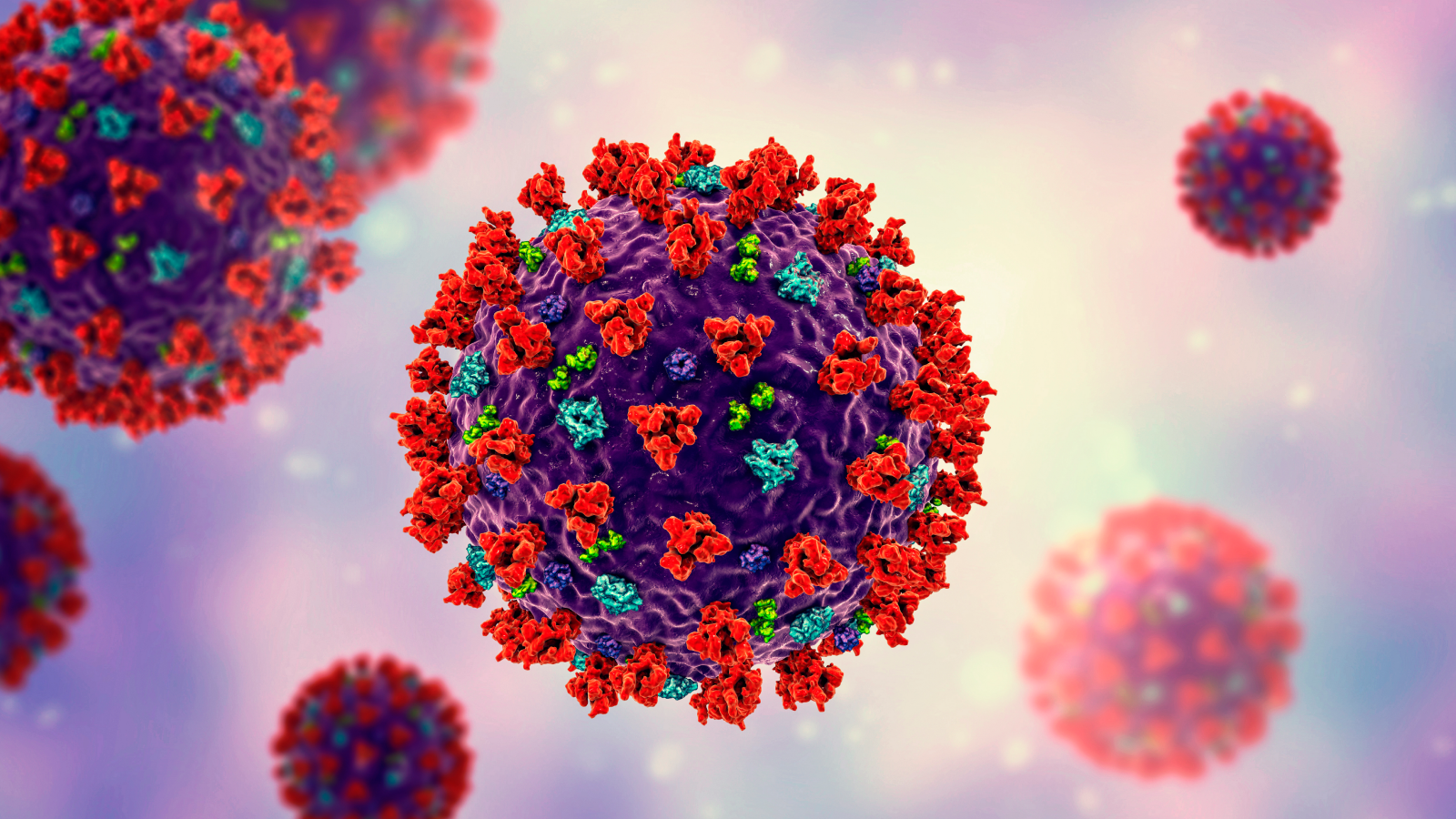Drop in Circumcisions Would Boost Health Care Costs

The recent decline in the percentage of U.S. boys who are circumcised may lead to an increase in future health care costs and sexually transmitted infections, according to a new study.
The researchers used a computer model to examine a scenario in which 10 percent of U.S. boys are circumcised, down from the current rate of 79 percent of sexually active men.
The hypothetical drop in circumcision rates would increase lifetime health care costs by $407 per man and $43 dollars per woman in the U.S., mainly due to the easier spreading of sexually transmitted infections that accompanies being uncircumcised. That adds up to an extra cost of about $505 million dollars yearly, the researchers said.
In addition, they found cases of urinary tract infections in infant boys would more than triple.
Although close to 80 percent of U.S. boys born in the 1970s and 1980s were circumcised, that number decreased to 62.5 percent in 1999, and 54.7 percent in 2010. The drop was likely due to, in part, to decreases in insurance coverage for circumcision, the researchers said.
"It is imperative to consider these results and their implications in establishing future health care policies," related to circumcision, the researchers wrote in the August issue of the journal Archives of Pediatrics & Adolescent Medicine.
Health benefits
Sign up for the Live Science daily newsletter now
Get the world’s most fascinating discoveries delivered straight to your inbox.
The decrease in the circumcision rate occurred over the same time period in which researchers found increasing evidence of the procedure's health benefits, the researchers said.
Studies conducted in Africa have shown that circumcision reduces the risk of acquiring HIV by about 60 percent, and the risk of acquiring human papillomavirus (HPV), by about 50 percent, said Dr. Stephen Moses, a medical microbiology professor at the University of Manitoba in Canada, who was not involved in the new study. Women whose male partners have been circumcised also have a lower risk of some vaginal infections, Moses said.
"If you put all that together, it's a pretty substantial health benefit overall," Moses said.
Studies conducted in the United States, although less rigorous in their design, have found similar benefits.
But so far, 18 states have abolished Medicaid coverage for male infant circumcision, the researchers said.
In the new study, Dr. Aaron Tobian of Johns Hopkins University and colleagues created a computer program that assumed 10 percent of males born in a given year were circumcised. The researchers said they chose 10 percent because that is the percentage of boys circumcised in Europe, where insurance coverage for circumcision is limited.
Under this scenario, HIV infections would increase by an estimated 12.2 percent, compared with the current number of cases among sexually active men. HPV infections would increase by an estimated 29.1 percent, and genital herpes infections would increase by 19.8 percent. Additionally, 26,800 more boys would develop urinary tract infections during infancy than currently do, the researchers found.
Among women, cases of bacterial vaginosis would be expected to increase by 51.2 percent, and cases of infection with high-risk HPV types would increase by 18.3 percent.
These results are based on the current prevalence of sexually transmitted infections in the United States. If there was a new treatment available, such as a vaccine for HIV, then the benefit of circumcision would have to be recalculated, Moses said.
Paying for circumcision
Circumcision is considered an optional treatment under Medicaid regulations, Arleen Leibowitz and Katherine Desmond, of the University of California, Los Angeles, wrote in an editorial accompanying the study.
"States' efforts to reduce current costs by eliminating Medicaid coverage for [circumcision] are penny wise and pound foolish, because investing today in a relatively low-cost procedure will avert greater future treatment costs," Leibowitz and Desmond said.
The federal Medicaid program should consider reclassifying circumcision from an "optional" service to one that all state plans will cover, they said.
In 1999, the American Academy of Pediatrics (AAP) released a policy statement saying that the evidence of circumcision's benefits was insufficient to recommend routine circumcision, and the organization reaffirmed that policy in 2005. This stance may have influenced insurance reimbursement for circumcision, according to the Centers for Disease Control and Prevention.
The AAP is expected to release a new policy statement regarding male circumcision on Monday (Aug. 27).
Pass it on: Continued declines in the percentage of U.S. boys who are circumcised could lead to an increase in health care costs and STDs.
Follow Rachael Rettner on Twitter @RachaelRettner, or MyHealthNewsDaily @MyHealth_MHND. We're also on Facebook & Google+.

Rachael is a Live Science contributor, and was a former channel editor and senior writer for Live Science between 2010 and 2022. She has a master's degree in journalism from New York University's Science, Health and Environmental Reporting Program. She also holds a B.S. in molecular biology and an M.S. in biology from the University of California, San Diego. Her work has appeared in Scienceline, The Washington Post and Scientific American.










